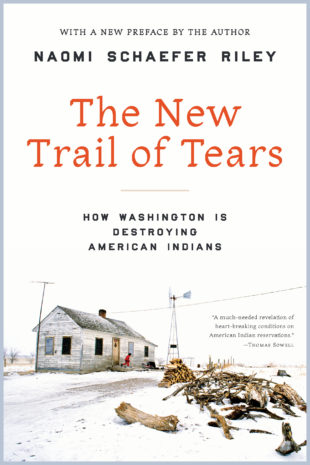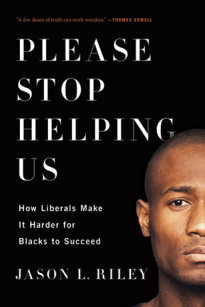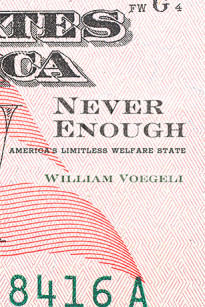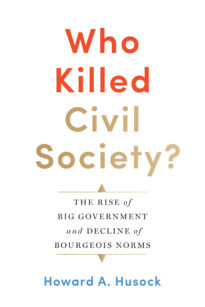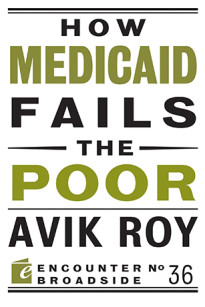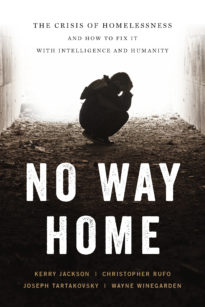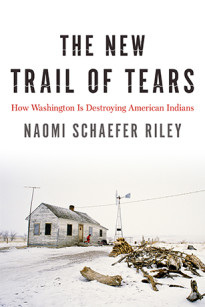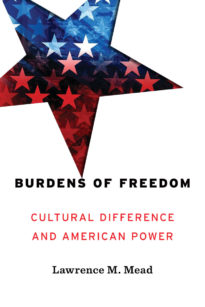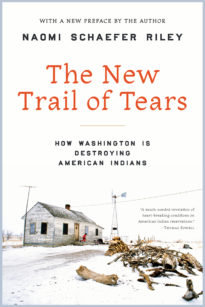The populations that were hardest hit by the Covid-19 pandemic were the ones that were already the most vulnerable. Nowhere did this observation seem truer than on Indian reservations. According to the Centers for Disease Control, the rate of infection for American Indians was 3.5 times that among white Americans, and young American Indians were affected more severely than young members of other races, likely because of pre-existing health conditions like obesity and smoking. In Montana, the hard-hit Northern Cheyenne tribe lost about 50 people – 1 percent of the reservation’s population – to COVID. Nationwide, American Indians were nearly twice as likely to die from COVID-19 compared to non-Hispanic whites; the death rate among Native Americans was one in every 475, compared with one in every 825 among white Americans and one in 645 among Black Americans. The true death toll for Native Americans is likely much higher, due to spotty reporting of reservation COVID data by many states.
In the five years since this book was originally published, things have not improved for folks living on reservations and, in many ways, have worsened. The health outcomes of this population are inextricably tied to the poor performance of the Indian Health Service. With a $6 billion program serving more than 2.6 million individuals, the IHS has been the subject of numerous scandals since its inception, but investigations by the Wall Street Journal in recent years have revealed an unimaginably corrupt agency with an arrogant and unaccountable leadership.
In 2019 the Journal revealed that it had “examined 163 malpractice claims against the IHS that the government settled or lost since 2006. One out of four doctors involved in those cases worked for the IHS despite a history that should have raised red flags by the agency’s own standards.” Further, “At least 66 of the patients died as a result of the alleged malpractice.” While “insurance actuaries say U.S. doctors typically have one malpractice claim every 20 years or so … the IHS was willing to hire doctors with many more lawsuits in their past, in some cases more than 10 in less than a decade.”
A separate joint investigation between PBS’s Frontline and the Wall Street Journal found that a doctor with the IHS was able to treat children for 21 years despite “leaving behind a trail of sexual-assault allegations.” The report also found that “IHS repeatedly missed or ignored warning signs, tried to silence whistleblowers and allowed [the offending doctor] to continue treating children despite the suspicions of colleagues up and down the chain of command.” Moreover, “the agency tolerated a number of problem doctors because … managers there believed they might face retaliation if they followed up on suspicions of abuse.”
When an independent report was commissioned to see what went wrong, the IHS refused to release its contents, claiming that to do so would violate medical confidentiality laws. When members of the Senate Committee on Indian Affairs demanded its release, the IHS defended its position, saying that revealing the findings would “serve to dampen, not encourage” reports of misconduct in the future. The agency said it is “working hard to change” a culture of fear; astonishingly, keeping criticisms from the public eye seemed to be part of that process.
In other words, the leadership of a federal agency caught in a scandal that shattered numerous lives suggested that the agency should not be subject to any kind of government oversight. Should we really be increasing the budget and expanding the role of unaccountable agencies with such poor track records?
